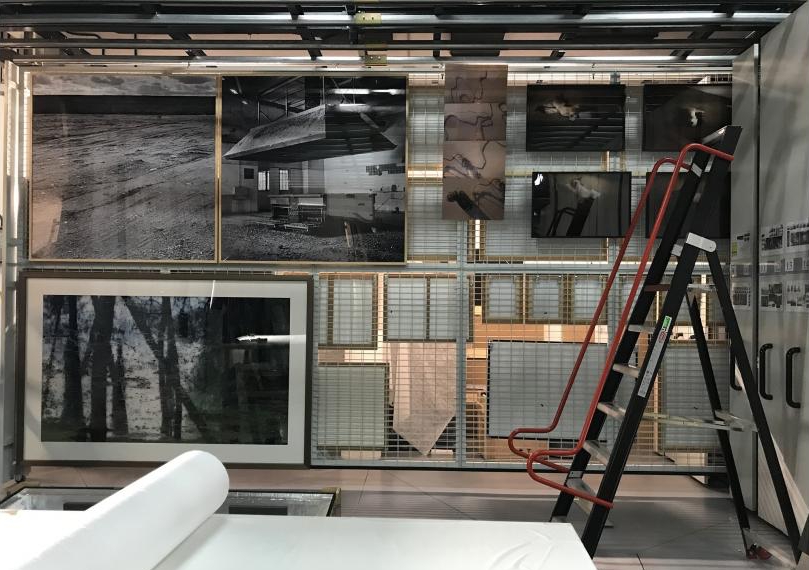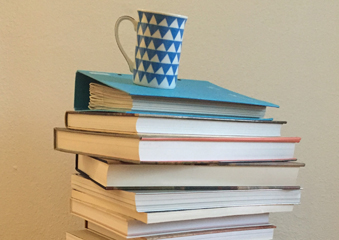The Research, Data, Documentation, Enquiring and Causation Department (DIDDCC) is a temporary and intermittent structure, directed by Sergio Rubira, that constitutes a space for the study and collaborative research of the museum institution and what it means to call the CA2M by that name. It also addresses the act of curating: what it means to create a public collection, what is collected, how a collection is put together and who does it, how it is set up and then exhibited. The DIDDCC will also enquire what has been excluded, or continues to elude them, from the seemingly objective narrative established by museums through their collections and through the way in which they display them: what they have decided not to tell and, therefore, does not make it into the museum, what they prefer to hide in the warehouses stored away or pushed to the back of a shelf, or what is forbidden as it breaks the rules. They will imagine possibilities to establish other methods of narrating that break with the chronological and progressive discourse that appears so natural within the museum. They will reflect on what the displays mean and which are the rhetorical resources it uses. And, finally, via the exhibition their collections, who they challenge and affect.
The DIDDCC gets its name, as a sort of homage, from Seth Siegelaub’s calling card. A the fundamental reference for anyone wishing to trace the history of exhibition curating, he would use said card to outline the activities he undertook as the director of his foundation, the Stichting Egress Foundation, which specialises in contemporary art and textile history, topics which he was extremely knowledgeable about.
The DIDDCC will focus on these aspects and use the collections of the CA2M as a case study: the centre’s own and those of the ARCO Foundation. The DIDDCC’s structure involves lecture seminars, work sessions on specific cases and meetings with guests who have worked in these areas, and demands a commitment to research that goes beyond just face-to-face sessions. One of the DIDDCC’s main objectives is to create a context for the pieces that form part of the CA2M collections and build a possible discourse regarding its creation.
The DIDDCC offers activities that are integrated into the centre’s own programming.
This activity is aimed at graduates, degree-holders, last-year graduates or master’s students or doctoral candidates in Art History, Fine Arts, Architecture, Humanities or related disciplines. The ability to read in English is essential
The Research, Data, Documentation, Enquiring and Causation Department (DIDDCC) is a temporary and intermittent structure, directed by Sergio Rubira, that constitutes a space for the study and collaborative research of the museum institution and what it means to call the CA2M by that name

